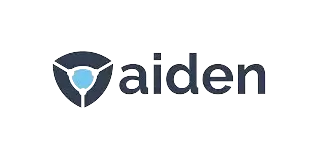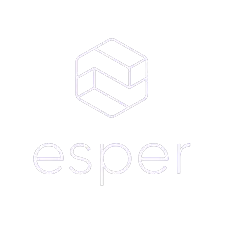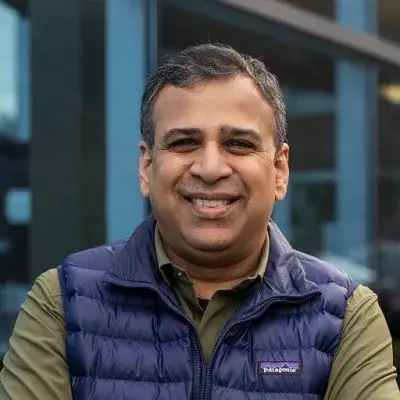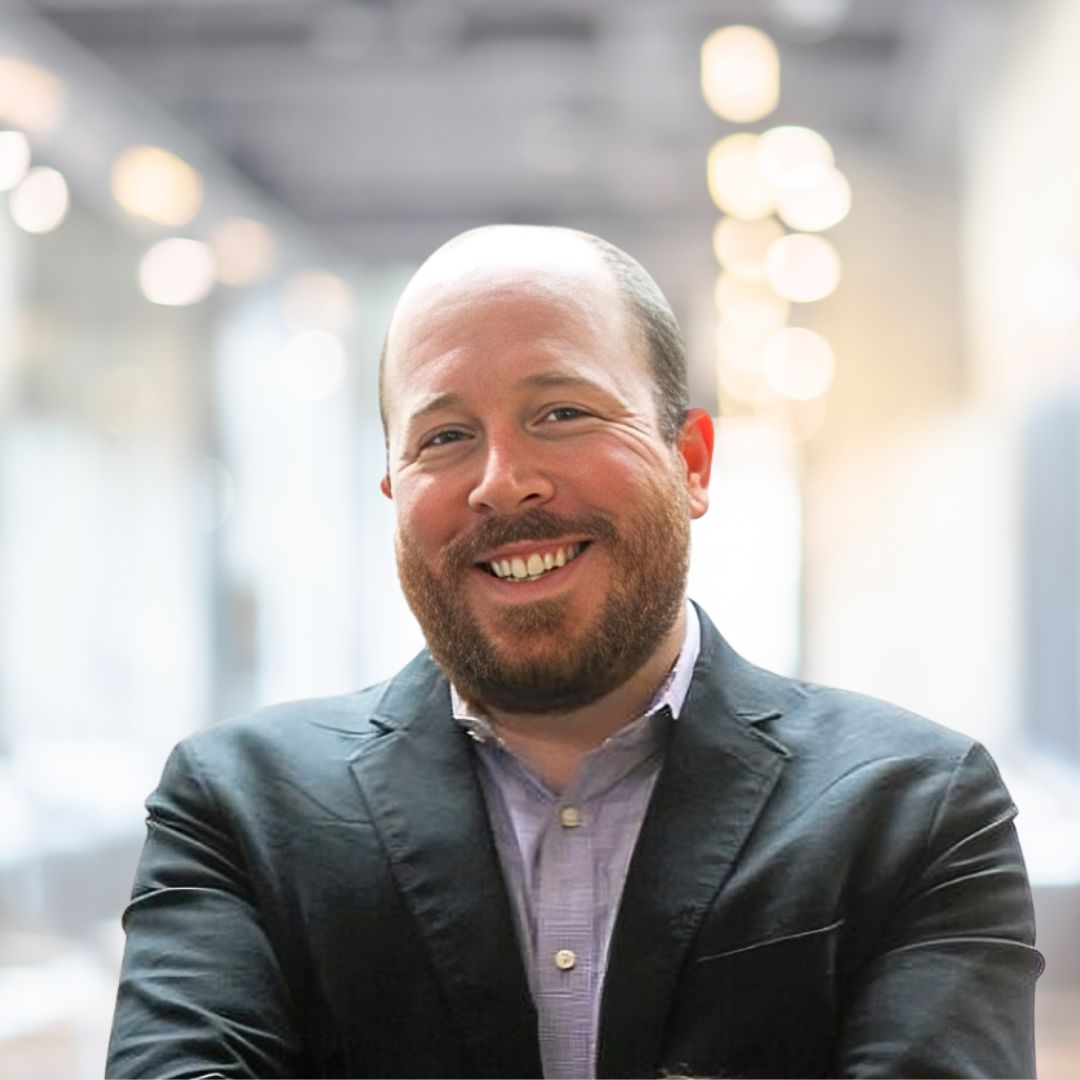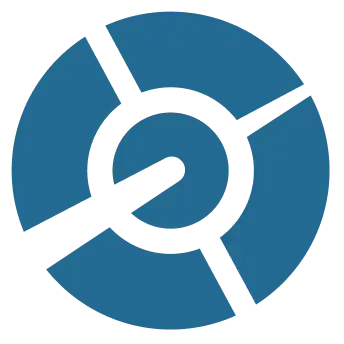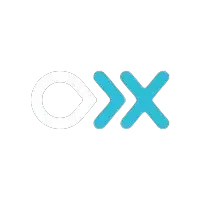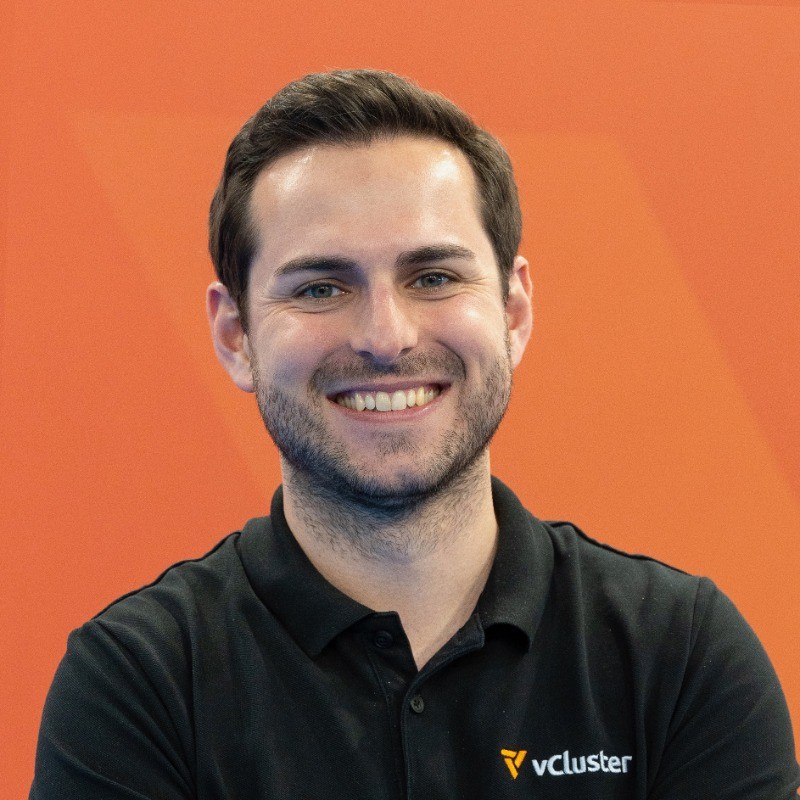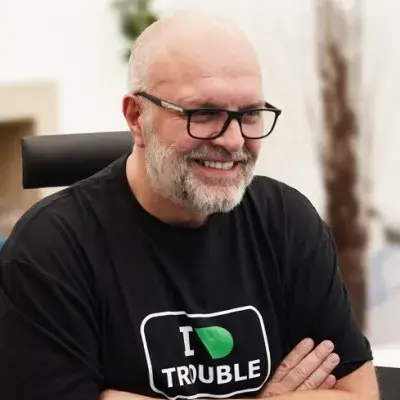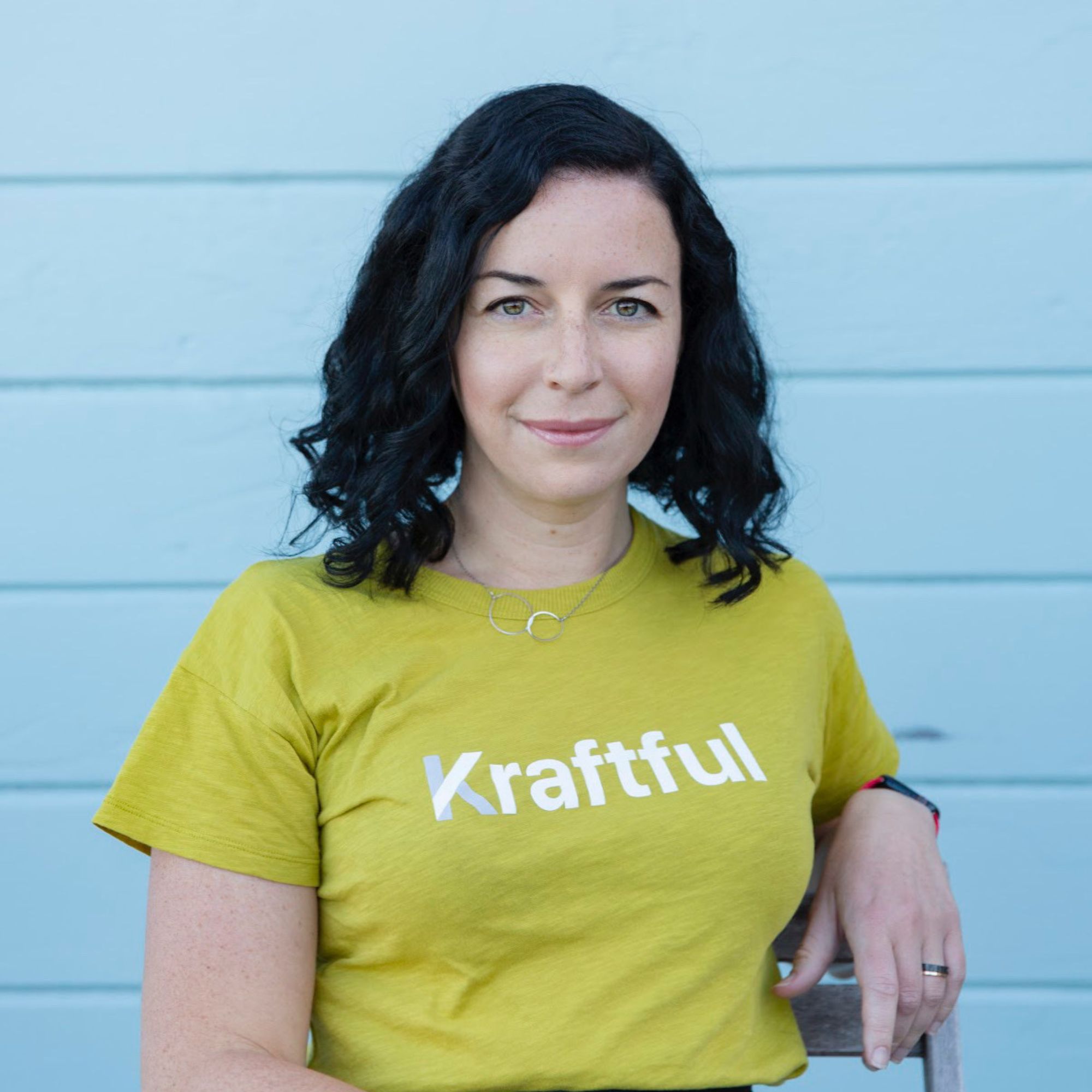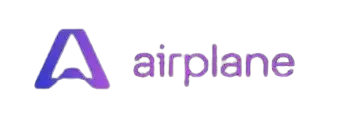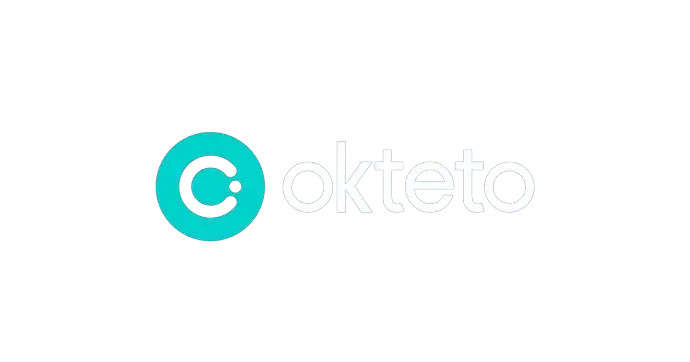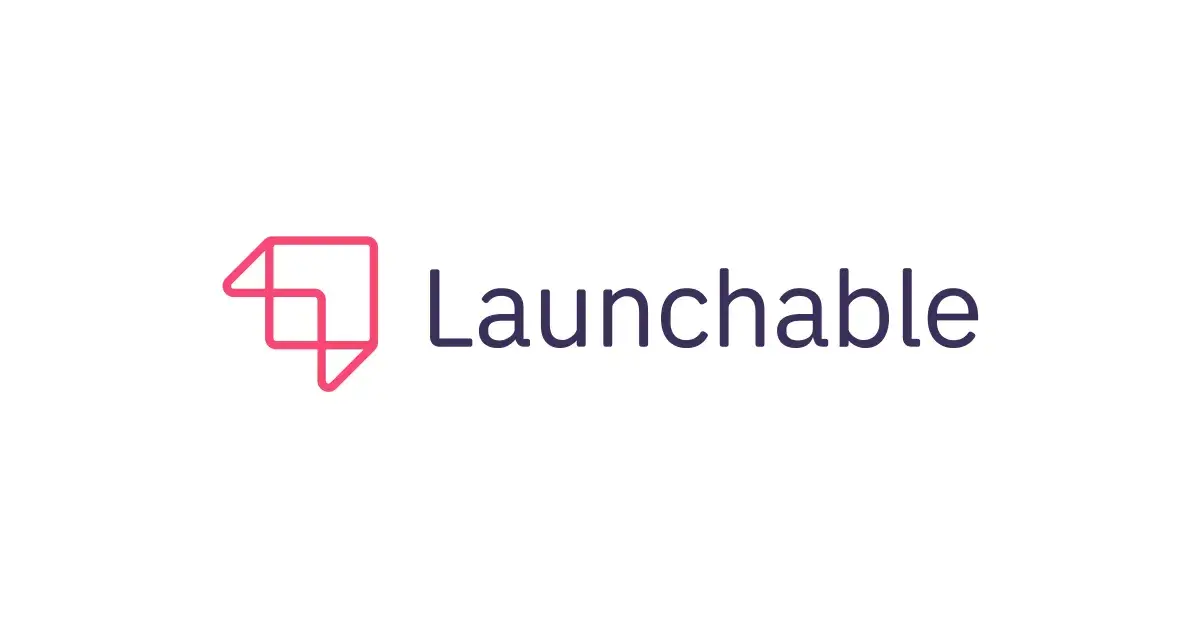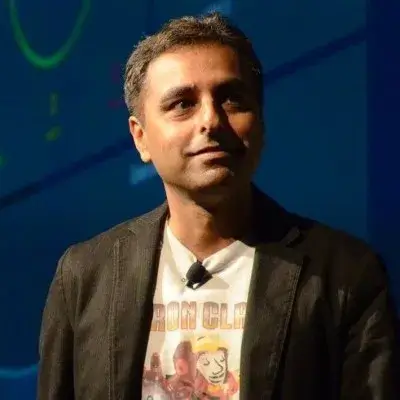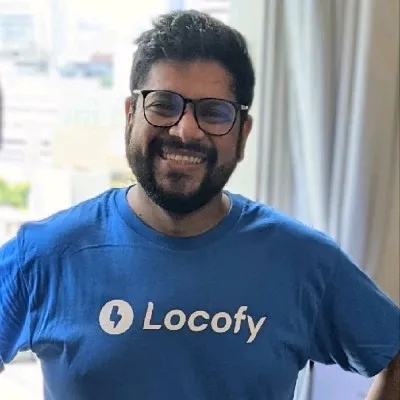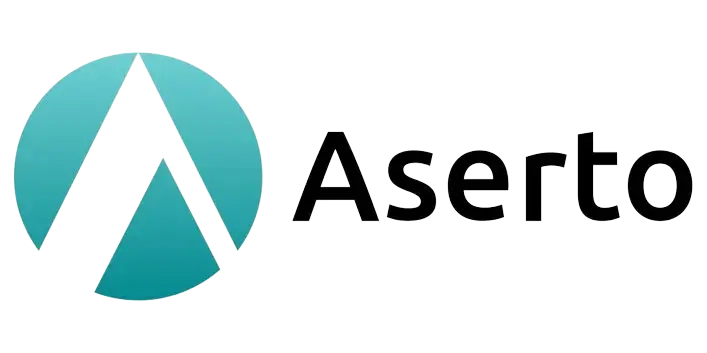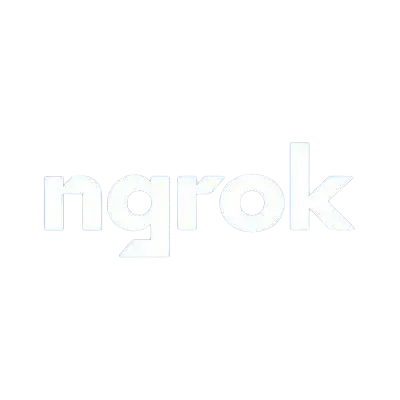Ready to launch your own podcast? Book a strategy call.
Frontlines.io | Where B2B Founders Talk GTM.
Strategic Communications Advisory For Visionary Founders
Conversation
Highlights
Why Community-Led Growth Isn’t for Everyone: Lessons from Xano’s 40,000+ Developer Base
Most founders building developer tools follow a familiar playbook: create a product for developers, by developers. But in a recent episode of Category Visionaries, Xano’s story reveals a different path – one that started with a failed startup and led to pioneering a new category of “citizen developer-led software creation.”
The journey began with a fundamental constraint that plagues tech companies: engineering resources are either too expensive, unavailable, or focused on core roadmap items. But while others saw this as just another market reality, Prakash Chandran saw it as an opportunity to reshape how enterprise software gets built.
Creating a New Category
“We serve a market called the Citizen developer,” Prakash explained. “You can think of them as like a product owner of some sort that is a systems thinker, but doesn’t know the syntax of software creation.” This insight came from personal experience – Prakash’s first startup failed largely due to engineering constraints.
Rather than building yet another no-code tool, Xano focused specifically on backend development. “We’re not trying to boil the ocean and build a complete product,” Prakash noted. “But in this new world, just like today, people have custom development stacks, they’re going to have no code stacks because they’re going to be opinionated on what tools they want to use.”
The Education-First Growth Strategy
Instead of rushing to market, Xano took a measured approach focused on education. “Very early on we have, especially being the type of tool that we are, we’ve made it really easy and accessible for people to find us and find success using the product by producing YouTube content,” Prakash shared. They maintained a consistent cadence of one to three videos per week, creating what Prakash calls a “honeypot of value.”
This strategy paid off. While many no-code tools struggle to gain developer trust, Xano built credibility through consistent education and transparency. The result? A community of over 40,000 developers who see Xano not as a compromise, but as a legitimate tool for building scalable software.
Cracking the Enterprise Code
The real test came when Xano began moving upmarket. “It’s like a cultural objection that I think we have to overcome in that some CIOs and people within IT will say no code, no way,” Prakash explained. Rather than trying to convert skeptics through traditional enterprise marketing, Xano let their community do the talking.
They implemented the Sean Ellis product-market fit survey to understand their users deeply. This data-driven approach helped them refine their messaging around what enterprise customers really cared about: scalability, security, and compliance. But perhaps more importantly, it helped them understand where traditional no-code marketing falls short.
“For better or for worse, I’m not like a huge G2 subscriber, but there’s a lot of organizations that go there to basically compare one tool against the other,” Prakash noted. This insight led to a strategic focus on peer reviews and social proof, particularly valuable for enterprise buyers who need third-party validation.
Building for Scale
Looking ahead, Xano isn’t just trying to make software development easier – they’re trying to fundamentally change who can create enterprise-grade software. “There are effectively 27 million developers in the world today of 8 billion people. That’s less than half a percent of people to create software that all of us use,” Prakash explained.
Their mission? “To empower the world to create scalable, world class software.” But Prakash emphasizes the words “scalable” and “world class” because they’re building for enterprises, not just MVPs. It’s a bold vision that challenges the traditional notion that serious software can only be built by traditional developers.
For founders building dev tools or enterprise software, Xano’s journey offers a valuable lesson: sometimes the biggest opportunities lie not in building better tools for existing developers, but in expanding who can be a developer in the first place.
Actionable
Takeaways
Solve for a Specific Pain Point:
Xano's success stems from targeting a clear problem faced by many organizations - the backlog of projects that non-technical stakeholders want to build but can't due to engineering constraints. By focusing on this specific pain point and providing a solution tailored to the needs of citizen developers, Xano has been able to gain traction and differentiate itself in the crowded no-code space.
Invest in Community and Content:
For horizontal platform tools like Xano, building a strong community of users who can help each other and showcase their creations is crucial for driving adoption and growth. By consistently producing valuable content, such as educational YouTube videos, and fostering an engaged community, founders can attract and retain users even in the absence of a narrowly defined ideal customer profile.
Refine Messaging Based on Customer Insights:
Prakash and his team initially positioned Xano as a fast no-code backend builder, but through customer conversations and product-market fit surveys, they discovered that users primarily valued the platform's scalability, security, and compliance features. By adapting their messaging to emphasize these strengths, they were able to better resonate with their target audience and differentiate from competitors.
Embrace the Role of Educator:
As no-code tools become more powerful and enable citizen developers to build increasingly complex applications, founders in this space must take on the responsibility of educating and empowering this new generation of software creators. This includes not only providing intuitive tools and comprehensive documentation but also evangelizing the possibilities of no-code within organizations and helping to overcome cultural resistance from IT gatekeepers.
Aim for Venture-Scale Impact:
When deciding whether to raise venture capital, founders should carefully consider whether their vision has the potential to create a transformative impact on a large scale. For Xano, the goal of democratizing software creation and empowering billions of people to build applications that touch every aspect of our lives represents a venture-scale opportunity worth pursuing, and has helped guide their fundraising strategy and choice of investors.


